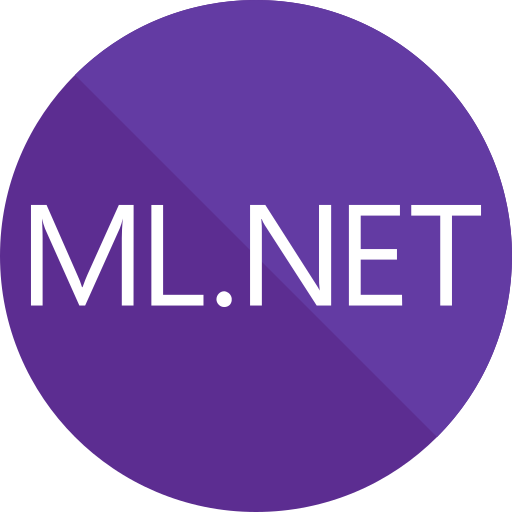By enabling systems to learn from data and make predictions or judgments without explicit programming, machine learning (ML) has transformed a number of sectors. Developers can embed machine learning models into their .NET applications using ML.NET, a Microsoft open-source machine learning framework. To make sure you have everything you need to begin your machine-learning adventure, we will walk you through the process of setting up a machine-learning environment with ML.NET in this post.

Installing Visual Studio
Installation of Visual Studio, a popular integrated development environment (IDE) for.NET developers, is the first step in starting our ML.NET adventure. A user-friendly interface and a variety of tools are provided by Visual Studio to make ML.NET development easier. How to install Visual Studio is as follows:
- Access the most recent version of Visual Studio that is compatible with your operating system by visiting the official Visual Studio website
- Run the downloaded installer and adhere to the prompts on the screen.
- You will be prompted to choose the workloads you wish to install during the installation process. Select the workload “.NET desktop development” to access the ML.NET development-specific components.
- Launch Visual Studio after the installation is finished to move on to the next action.
Setting Up ML.NET
After installing Visual Studio, let’s set up ML.NET:
- Start Visual Studio, then choose “Create a new project.”
- Run a search for “ML.NET” in the project template selection screen’s search field. Numerous ML.NET project templates are available, including “ML.NET Console App” and “ML.NET Model Builder.”
- Based on your needs, select the suitable project template. Choose the “ML.NET Console App” template, for instance, if you wish to create a console application.
- Click “Create” to start a new ML.NET project after entering the project’s name and location.
Installing ML.NET NuGet Packages
Installing the necessary NuGet packages is necessary in order to use ML.NET in your project. You can manage dependencies with ease using NuGet, a package management for.NET projects. Installing ML.NET NuGet packages is as follows:
- In the Solution Explorer, right-click the project and choose “Manage NuGet Packages.”
- Find “Microsoft.ML” in the NuGet Package Manager window and choose the most recent stable version.
- To include the package in your project, click “Install”.
- In addition, depending on your particular ML tasks or requirements, you might need to install other ML.NET-related packages. For instance, you can install the “Microsoft.ML.ImageAnalytics” package if you wish to work with image classification.
- You are prepared to begin researching and leveraging ML.NET in your project after the packages have been installed.
Exploring the ML.NET Documentation
The ML.NET Documentation is a thorough source that provides instructions and examples for using ML.NET successfully. It addresses a broad range of subjects, such as model training, model evaluation, and model deployment. To aid developers in comprehending and making use of ML.NET’s capabilities, the documentation offers step-by-step instructions, code samples, and descriptions of fundamental concepts. Advanced subjects like model explainability, hyperparameter tuning, and transfer learning are also covered in the documentation. It provides advice on how to manage various data kinds, including structured data, text data, and image data, as well as how to pick the best algorithms and models for particular jobs.
Here are some tips for maximizing the ML.NET documentation:
- Go to the official page of ML.NET documentation.
- Learn how to use the documentation’s navigation and structure.
- Start by reading the “Getting Started” section, which gives you an overview of ML.NET, explains its fundamental ideas, and walks you through creating your first ML.NET model.
- For more information on specific subjects like data loading, data preprocessing, model training, and model evaluation, consult the documentation.
- To learn more about ML.NET, make use of the code examples and sample projects offered in the documentation.
- For updates, best practices, and actual use cases, keep a watch on the community resources and the official ML.NET blog.
Accessing ML.NET Samples
It is advised to examine the ML.NET samples offered by the community to get a better knowledge of its capabilities and how to utilize it successfully:
- To access the ML.NET samples, go to the ML.NET GitHub repository
- A variety of ML.NET samples arranged in many categories, including classification, regression, clustering, and more, may be found on the repository page. Select the category you are interested in.
- You can find a selection of sample projects inside the category folder. Each project exemplifies a distinct machine-learning technique or circumstance. Select the sample that best suits your needs, or look through a variety of samples to learn about various ML.NET features.
- Using the available choices, clone or download the example repository to your local computer. Cloning the repository will make it simple for you to pull updates and contribute to the project if you are familiar with Git.
- Once you’ve downloaded the sample project to your computer, build and execute the project as directed. Setting up data sources, customizing parameters, or installing extra programs or dependencies can be required.
After the sample has been successfully executed, you can investigate the code and experiment with various parameters to better understand ML.NET and its potential.
You can learn how to use ML.NET in many areas, acquire practical insights into machine learning techniques, and use the community’s contributions to improve your own ML.NET projects by accessing ML.NET samples.
Wrapping Up
The first step in utilizing machine learning in your.NET apps is to set up a machine learning environment using ML.NET. You can prepare yourself for your ML.NET journey by installing Visual Studio, configuring ML.NET, perusing the documentation and samples, joining the community, and staying up to date with new releases. With the help of Microsoft’s vast support network and ML.NET’s user-friendly design, you can begin creating reliable machine-learning models and gaining insightful knowledge from your data. Happy coding!